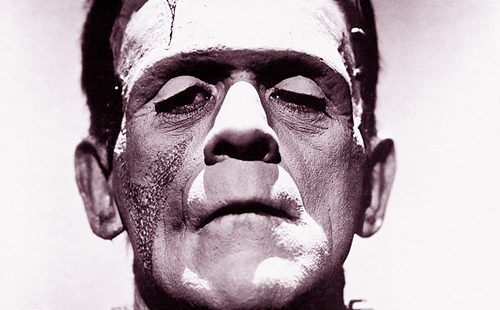Frankenstein
Just years after Mary Shelley’s 1818 novel Frankenstein first appeared on shelves, the title took on a life of its own. Though many people incorrectly believe that Frankenstein refers to the stitched-together monster endowed with life, the name, in fact, belongs to the monster’s creator, Dr. Frankenstein. However, this error is so ubiquitous that the term is now widely used to refer to the monster as well as the man.





















